Unraveling the Insanity: Key Quotes and Their Significance in Charlotte Perkins Gilman’s "The Yellow Wallpaper"
Associated Articles: Unraveling the Insanity: Key Quotes and Their Significance in Charlotte Perkins Gilman’s "The Yellow Wallpaper"
Introduction
With nice pleasure, we’ll discover the intriguing matter associated to Unraveling the Insanity: Key Quotes and Their Significance in Charlotte Perkins Gilman’s "The Yellow Wallpaper". Let’s weave fascinating data and provide recent views to the readers.
Desk of Content material
Unraveling the Insanity: Key Quotes and Their Significance in Charlotte Perkins Gilman’s "The Yellow Wallpaper"
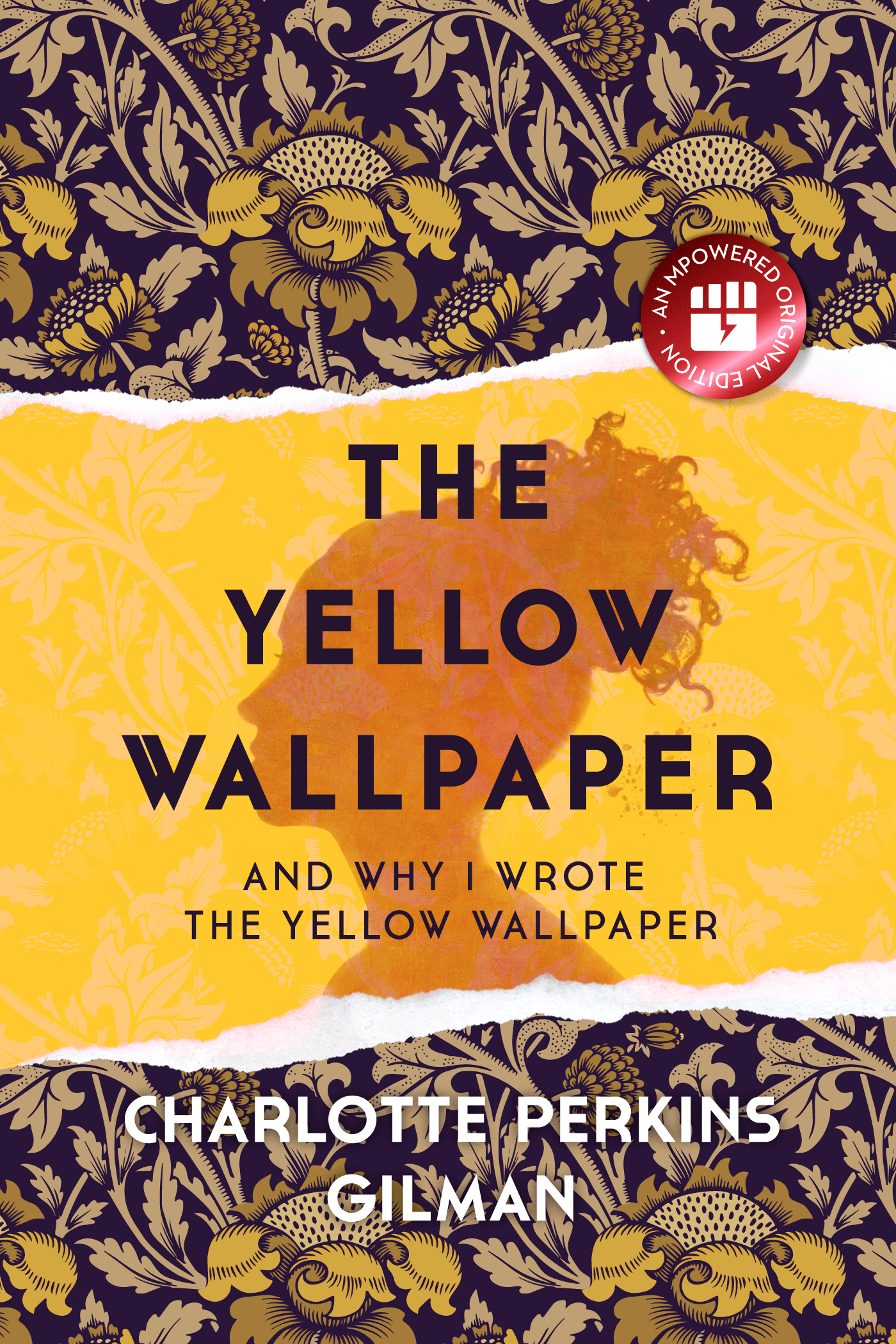
Charlotte Perkins Gilman’s "The Yellow Wallpaper" is a chilling masterpiece of psychological realism, a potent critique of patriarchal medical practices, and a haunting testomony to the silencing of ladies’s voices. The novella’s energy lies not simply in its narrative arc, however in its fastidiously chosen language, notably within the potent quotes that reveal the narrator’s descent into insanity and the suffocating constraints of her prescribed "relaxation remedy." Analyzing these key quotes permits us to dissect the textual content’s layered meanings and perceive the lasting affect of Gilman’s work.
The Relaxation Remedy and its Confinement: The very premise of the story hinges on the narrator’s prescribed "relaxation remedy," a therapy satirically designed to revive her well being however finally exacerbates her psychological deterioration. The preliminary descriptions of her confinement reveal the insidious nature of this supposed treatment. Quotes like, "Personally, I disagree with their concepts. Personally, I imagine that congenial work, with pleasure and alter, would do me good," instantly set up the narrator’s inherent resistance to the prescribed inactivity. This assertion, seemingly easy, underscores the essential battle: the narrator’s innate want for mental and inventive stimulation versus the stifling restrictions imposed upon her. Her inherent company is being systematically denied, a reality additional emphasised by her husband John’s dismissal of her issues.
The restrictive setting is bodily manifested within the wallpaper itself, changing into an emblem of her confinement. The outline, "It’s boring sufficient to confuse the attention in following, pronounced sufficient to always irritate and provoke examine," foreshadows the narrator’s obsessive give attention to the wallpaper as her solely outlet for expression. The wallpaper isn’t merely an ornamental component; it is a visible illustration of the psychological jail she inhabits, mirroring her personal more and more fragmented mind-set. This refined but highly effective connection between the bodily and the psychological is additional bolstered by the narrator’s rising fascination with its patterns and her makes an attempt to "examine" it.
The Stifling of Voice and Company: John, the narrator’s husband and doctor, embodies the patriarchal authority that silences and invalidates her expertise. His pronouncements, introduced as medical pronouncements, are literally expressions of management. Quotes like, "‘Higher in mattress’ was his resolution for all the pieces," spotlight his dismissive perspective in direction of her psychological and emotional struggles. He reduces her advanced experiences to a easy bodily ailment, denying her the best to articulate her struggling or specific her personal opinions. His fixed patronizing reassurances, equivalent to, "‘Don’t get nervous,’ he says. ‘Your nerves shall be all proper quickly.’" usually are not comforting however slightly deeply irritating for the narrator. They show a profound lack of expertise and a refusal to acknowledge her subjective actuality.
The narrator’s makes an attempt to speak her misery are always met with dismissal or misunderstanding. Her makes an attempt to interact in mental pursuits are thwarted, and her inventive impulses are suppressed. This silencing is not only a matter of verbal suppression; it is a systematic undermining of her company and autonomy. The quote, "I lie right here on this nice immovable mattress – it’s nailed down, I imagine – and comply with that sample about by the hour," reveals her enforced passivity and the stifling nature of her confinement. The mattress, an emblem of relaxation and restoration, turns into a jail, bodily and metaphorically binding her to her more and more unstable psychological state.
The Energy of the Creativeness and the Unseen Lady: Because the narrator’s psychological state deteriorates, her creativeness turns into her major technique of resistance and riot. The wallpaper, initially a supply of irritation, transforms into a spotlight for her inventive energies. She begins to see a lady trapped behind the sample, a projection of her personal suppressed self. The quote, "I’ve obtained out ultimately," stated so triumphantly, marks a vital turning level. This isn’t a easy escape from a room; it is a liberation of her repressed self, a breaking free from the constraints imposed upon her by patriarchal society and medical follow. The unseen lady within the wallpaper is not only a hallucination; she’s an emblem of feminine empowerment, a manifestation of the narrator’s suppressed id reclaiming her company.
The descriptions of the wallpaper’s sample morphing and the girl creeping round develop into more and more vivid and surreal, mirroring the narrator’s descent into insanity. The quote, "There are issues in that paper that no person is aware of however me, or ever will," underscores the non-public, deeply private nature of her expertise and the impossibility of speaking it throughout the confines of her restrictive setting. This assertion subtly hints on the impossibility of being understood inside a patriarchal system that refuses to acknowledge the validity of ladies’s subjective experiences.
The Subversion of the Relaxation Remedy and the Critique of Patriarchy: The story’s climax, the place the narrator tears down the wallpaper, is a strong act of riot. It is not merely a bodily act of destruction; it is a symbolic dismantling of the patriarchal buildings which have confined her. The quote, "I pulled off a lot of the paper, a strip at a time," reveals the gradual but decided nature of her riot. She isn’t passively accepting her destiny; she is actively preventing again towards the system that has sought to silence and management her.
The ultimate strains of the story, "I’ve pulled off all of the paper, and I am feeling higher now," are ambiguous but deeply important. Whereas seemingly indicating a constructive consequence, additionally they go away the reader to query the character of her "betterment." Has she really recovered, or has she merely escaped right into a state of full psychological breakdown? This ambiguity displays the complexities of psychological sickness and the lasting affect of patriarchal oppression. The story’s ending, due to this fact, isn’t a decision however a chilling indictment of a system that actively contributed to the narrator’s psychological disintegration.
In conclusion, the fastidiously chosen quotes in "The Yellow Wallpaper" usually are not merely ornamental parts; they’re the constructing blocks of the story’s profound critique of patriarchal medication and the silencing of ladies’s voices. By analyzing these quotes, we achieve a deeper understanding of the narrator’s inner battle, the insidious nature of her confinement, and the lasting affect of Gilman’s highly effective and enduring work. The story’s relevance persists immediately, serving as a stark reminder of the continued battle for ladies’s autonomy and the significance of acknowledging and validating their experiences. The quotes, due to this fact, usually are not simply phrases on a web page; they’re fragments of a bigger dialog about psychological well being, gender inequality, and the battle for self-expression. They resonate with a chilling energy, forcing us to confront the suffocating constraints imposed upon girls and the devastating penalties of silencing their voices. The legacy of "The Yellow Wallpaper" lies in its potential to impress dialogue, encourage empathy, and proceed to problem the programs that perpetuate the oppression of ladies.

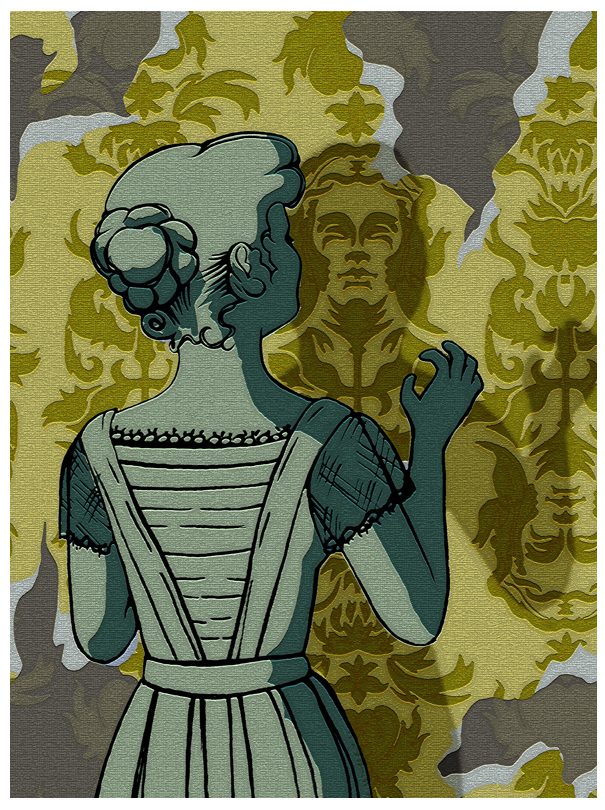

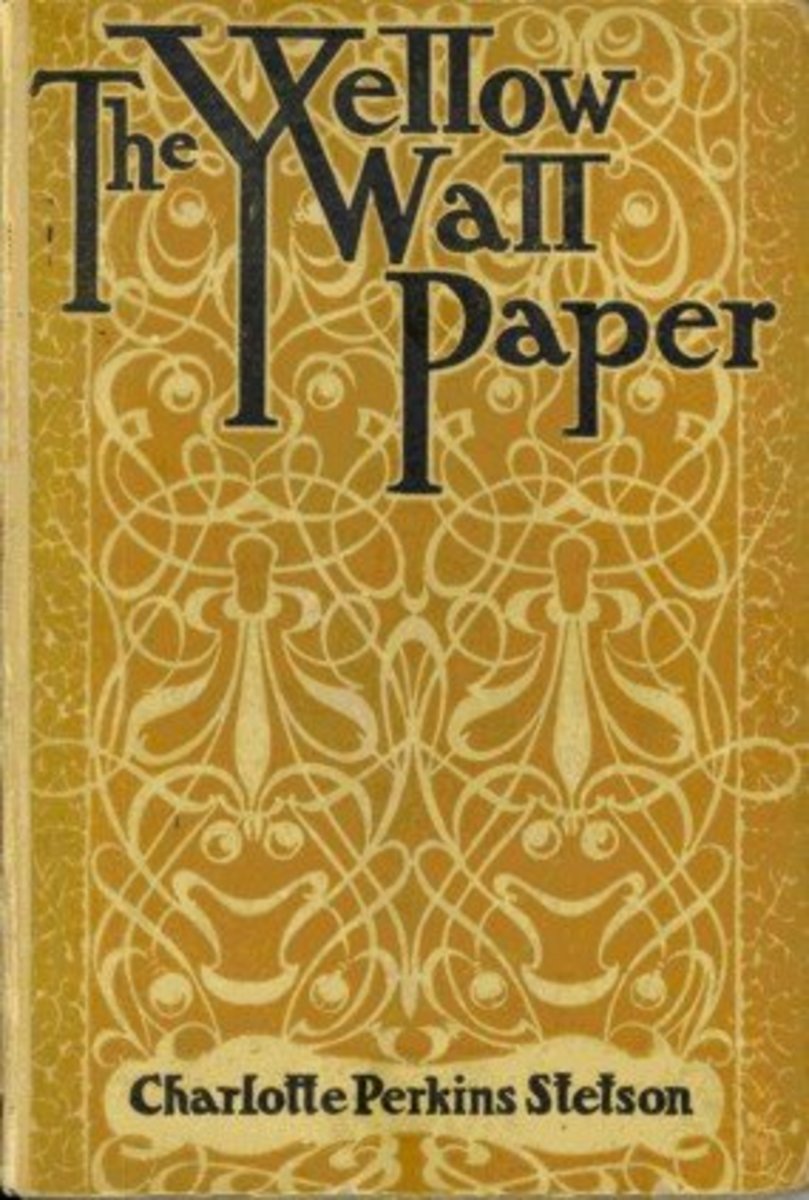
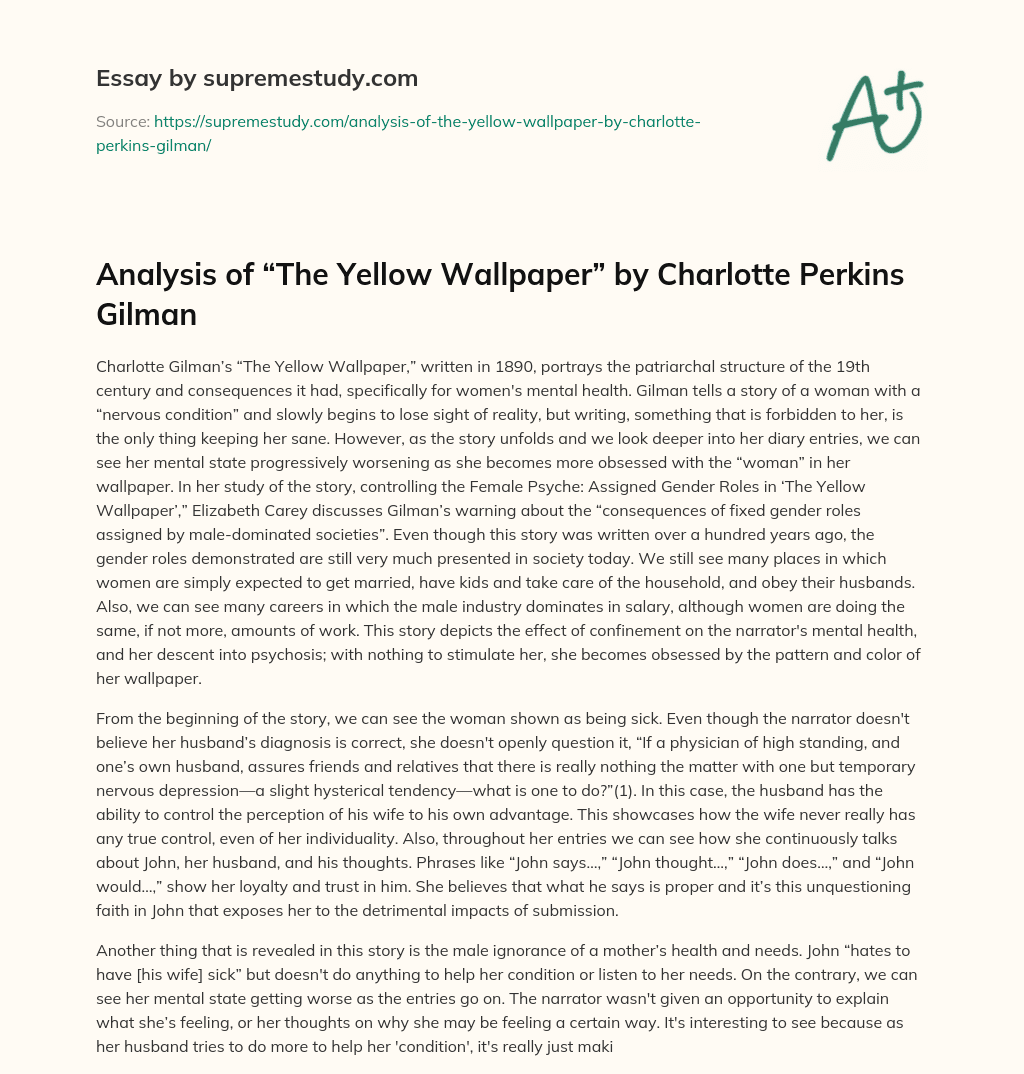
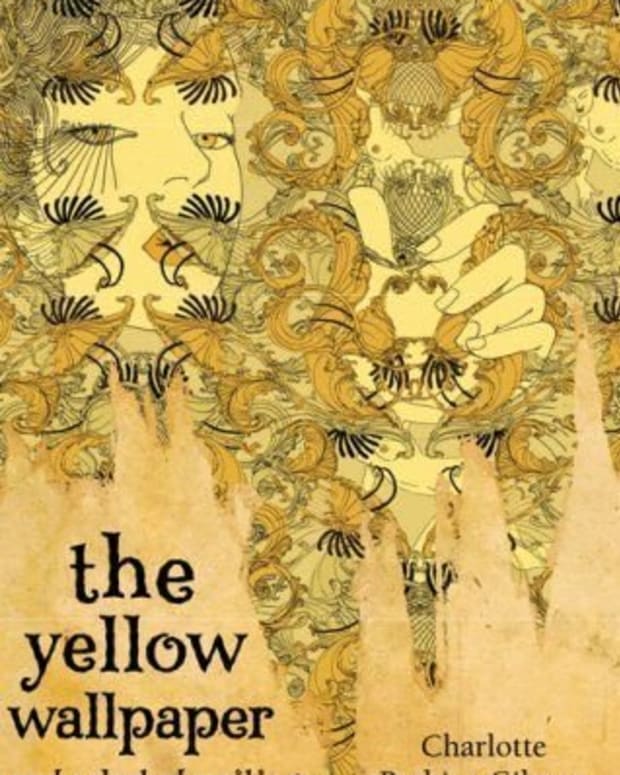


Closure
Thus, we hope this text has supplied priceless insights into Unraveling the Insanity: Key Quotes and Their Significance in Charlotte Perkins Gilman’s "The Yellow Wallpaper". We thanks for taking the time to learn this text. See you in our subsequent article!